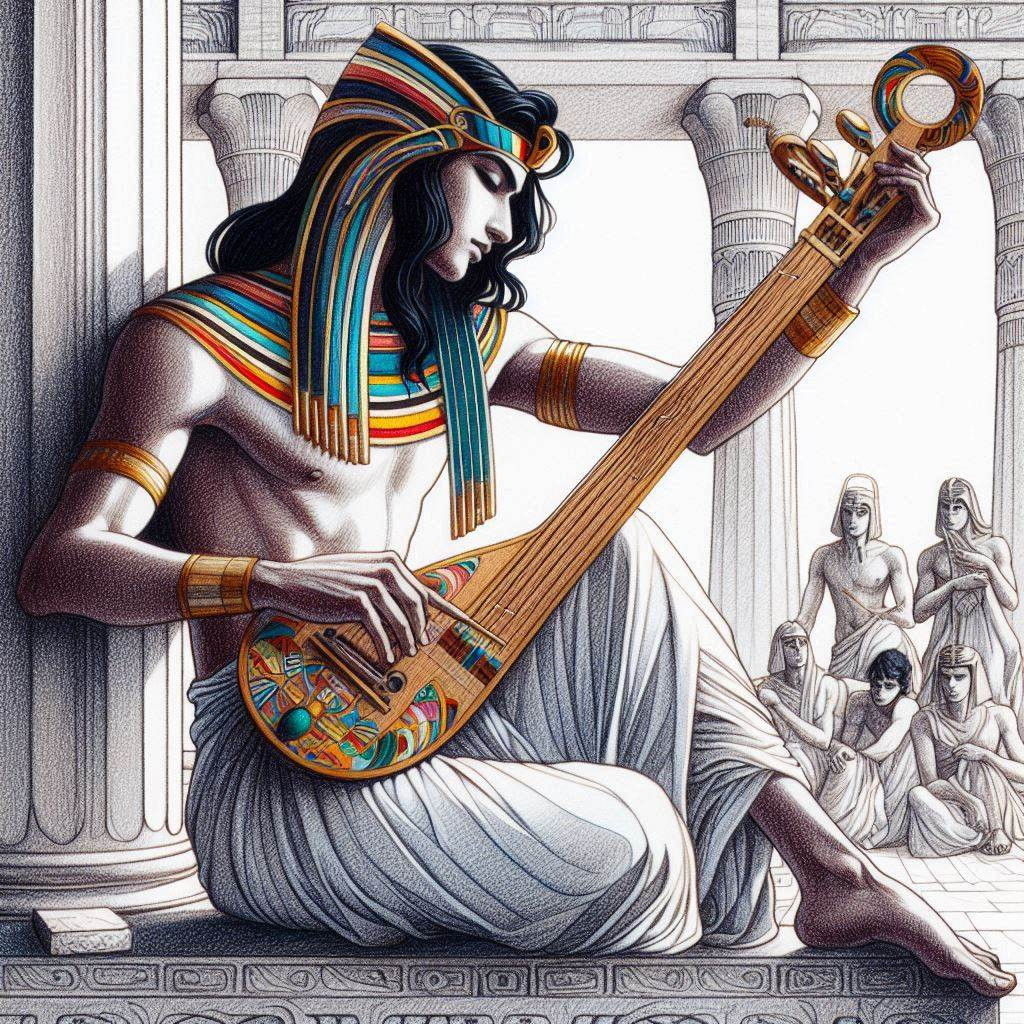HOW DO YOU READ MEDIEVAL TAROT.
The Medieval Tarot serves as a profound gateway to ancient wisdom, a bridge between the mystical traditions of the past and the seeker’s journey toward enlightenment. Each card is more than an image—it is a repository of timeless knowledge, encoded with symbols that have permeated human consciousness for centuries. Through these symbols, the tarot offers not only introspection but also guidance, revealing hidden truths and universal principles.
One such symbol, the bull’s horn, holds a powerful and enduring symbol. From a linguistic and philosophical perspective, the Sanskrit interpretation of the horn as V-da (a root related to strength and righteousness) deepens its meaning. In Sanskrit, "V" conveys movement, life force, or divine breath, while "Da" suggests giving, establishing, or divine order. Together, V-da can be understood as an act of divine wisdom—the righteous application of knowledge in alignment with cosmic harmony. This interpretation resonates strongly with tarot’s role in guiding individuals toward self-mastery, reminding us that true strength lies in wisdom and discernment, not brute force.
Within the tarot, the horn’s presence may symbolize the integration of resilience with higher wisdom, urging the seeker to harness their inner knowledge while staying attuned to a greater spiritual order. Whether appearing in the imagery of kings, sacred animals, or celestial figures, the horn serves as a divine endorsement of virtue, fortitude, and the eternal cycle of creation and renewal.


